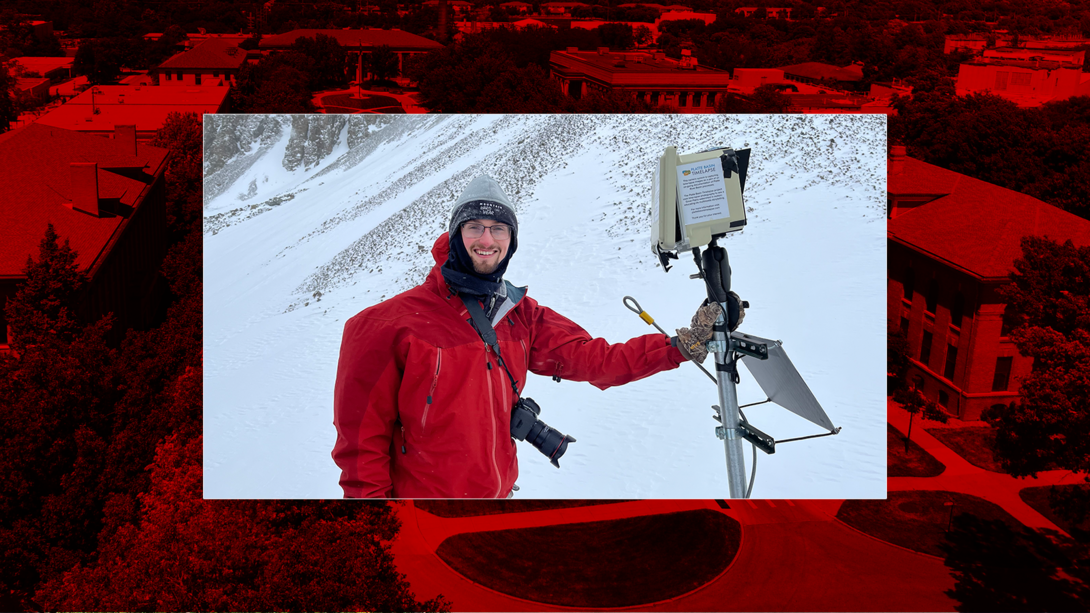
Could you share a bit about yourself and your photography journey?
I'm Ethan Freese from Lincoln, NE. I completed my undergraduate degree at UNL, double-majoring in Fisheries and Wildlife and Grassland Ecology Management. While my initial interest was in wildlife, I developed a deep appreciation for prairies and the diverse species that depend on them. Photography started as a hobby, allowing me to spend time outdoors. During my freshman year, I interned with the Platte Basin Timelapse project, which shifted my focus from random snapshots to conveying narratives. Since then, I've been involved in editing short films and creating photo stories with Platte Basin Timelapse.
Congratulations on joining Vital Impacts' Mentorship Program for Environmental Photographers! What does this opportunity mean to you?
The Vital Impacts mentorship opportunity is incredibly exciting. It feels great to be recognized on a national level for my work. The program involves 50 mentors who are established photographers or photo editors in conservation photography. Throughout the year, I'll meet with my assigned mentor six times, providing valuable feedback and new perspectives. Additionally, I'm looking forward to attending the monthly lecture series hosted by conservation professionals.
What has been your biggest challenge during your photography and storytelling journey?
I love photography, but it can be exhausting at times. Early mornings and late evenings are often required, especially during summer when the sun rises before 6:00 a.m. and sets around 9:00 p.m. Additionally, sometimes I get in a bit of a creative rut especially during the winter season. I absolutely love capturing wildflowers and insects, but when winter arrives, there aren’t that many vibrant subjects to photograph. However, I’ve come to appreciate that winter also offers a much-needed period of rest and recuperation.
What keeps you motivated during times like winter when there are less vibrant subjects to photograph?
The element of uncertainty and the possibility of discovering something new each day keep me motivated. I know that investing enough time outdoors will lead me to intriguing subjects that pique my interest. The anticipation and the desire to capture unique moments fuel my drive.
What is your most favorite conservation storytelling projects and what made it meaningful to you?
One of my favorite conservation storytelling projects is "Wetlands of Nebraska," which my team at Platte Basin Timelapse recently finished. This project consists of a film and an interactive story map that showcases different types of wetlands. It was a significant undertaking, being my first major film project, but the end result was highly fulfilling. Collaborating with the Nebraska Game and Parks Commission was an exceptional experience. You can find the project on our website.
As a photographer, what role do you believe visuals play in raising awareness and inspiring action for conservation issues?
Not everyone has the opportunity to witness how landscapes evolve throughout the year or observe how the species inhabiting those prairies interact. Photography helps people see the beauty in these places and realize they don't have to venture far to experience it. In places like Nebraska, often regarded as “flyover country,” photography and storytelling can showcase the remarkable beauty and captivating wildlife interactions. I hope my photography encourages people to step outside more to explore and experience these fascinating places we have.
What techniques do you use to create visually appealing narratives?
I've been incorporating a human element into some of my stories. While my work predominantly focuses on animals and plants, in the future, I aim to collaborate with groups in Nebraska passionate about tallgrass prairies and involved in their restoration and conservation efforts. By including these human perspectives, I hope to create more engaging narratives.
What do you hope to achieve during your one-year mentorship with Vital Impacts?
I'm most excited about joining a community of like-minded individuals and gaining fresh perspectives on improving my photography and reaching a wider audience. Previously, my projects primarily reached people already invested in the subject matter. Through this mentorship, I aim to learn strategies for reaching broader audiences, exposing them to the value of prairies and the importance of conservation. Ultimately, I hope to discover new ways to showcase my work and inspire diverse audiences to take action.
What advice would you give UNL students interested in photography and visual storytelling?
For UNL students interested in photography, there are several opportunities available through Platte Basin Timelapse. For example, we have a conservation course, NRES 260, which was taught for the first time last fall and will be taught again this fall. There is also NRES/ALEC 393, an advanced photography and storytelling class. Additionally, I encourage students to get outside with their cameras and explore, seeing what they can find and capturing their own unique perspectives.
To explore Ethan's past work, visit ethanfreesephoto.com.







